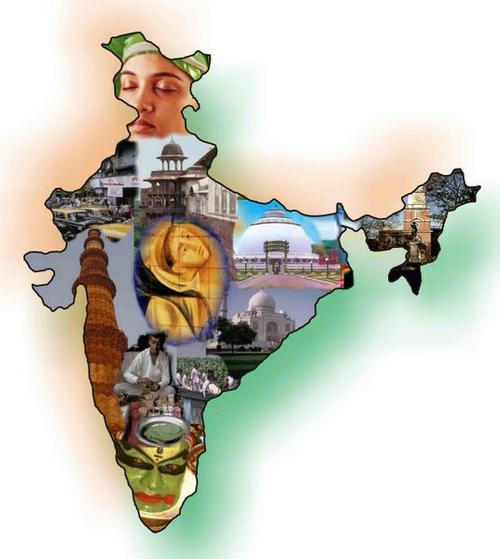
Sixty three years ago in 1947 when India got independence, the question then asked was ‘will India survive’? Today India’s economic profile has changed. At over a trillion dollars, it is a force to reckon with not just in Asia but in the entire world. With its new currency symbol to be internationalized soon, India now flexes its financial muscle.
Soon after independence our nation was in turmoil. Assassination of Mahatma Gandhi, tragic partition rendering millions of people homeless, tribal invasion in J&K coupled with problem of consolidation of five hundred princely States, to build a new nation was a mammoth task . After going through different phases of lows and highs, the doubtful query ‘will India survive’ has been replaced by more hopeful query, ‘will India become a superpower’?
Today India is recognized as an emerging powerhouse by the world community. From a nation known to the world as a country of snake charmers to a frontline developing nation, image of our country has undergone a dramatic change. The pace leading to full transformation may be slow but consistency will lead to the desired goal. The key to the extraordinary resilience lies in India’s stable and successful democratic institution. India, a home of several religions and several hundred spoken languages is a garland of multitude of diverse communities woven together in a common thread of democracy. Unlike other European nations whose unity is based on a common language and largely a common faith, India presents a picture of unity in diversity. With multiple problems faced by the nation right from its birth, the survival of democracy in India was always in doubt. Despite abstruse dislike and mistrust between the two major communities of the nation, India has emerged as multicultural democracy.
With bold economic reforms India’s GDP is on a sustained growth path. India has become third largest economy in Asia to keep its high rate of growth. Despite the growth story, India has yet to cross over many plateaus before it becomes a superpower in league with big nations. I shall discuss here some of the core issues that if not attended to with strong political will and time bound action may rock the boat of country’s economic rejuvenation.
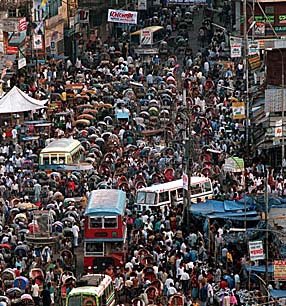
India’s burgeoning population
India is second most populous country in the world, with over 1.18 billion people more than a sixth of world’s population. Already containing 17.31 percent of the world population, India is projected to be most populous country by 2025 surpassing China. India occupies 2.4 percent of the world’s land and supports 17.5 percent of world’s population. It seems the Govt has stopped all efforts to control the population explosion. Fearing public unrest and possible loss of vote bank, after Sanjay Gandhi the successive Governments abandoned family planning programmes; if at all some programme is being executed it is only as tokenism without political will.
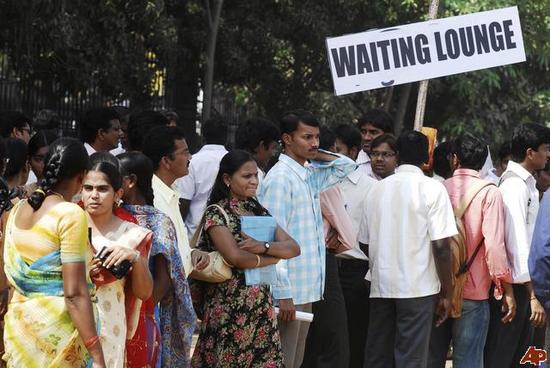
Increasing unemployment
India is facing massive problem of unemployment. The incidence of unemployment is much higher in urban areas than in rural areas. The incidence of unemployment amongst the educated is higher than the overall unemployment. Economic reforms may have given a boost to industrial productivity, but the boom has not created enough jobs. India’s performance on this front has fallen short of target in the past. India’s labour force is growing at a rate of2.5 percent, but employment is growing only at 2.3 percent. The country is faced with the challenge of not only absorbing new entrants in the job market (estimated at seven million people every year), but also clearing the backlog. Unemployed youth is likely to translate his frustration into criminal and illegal activities.
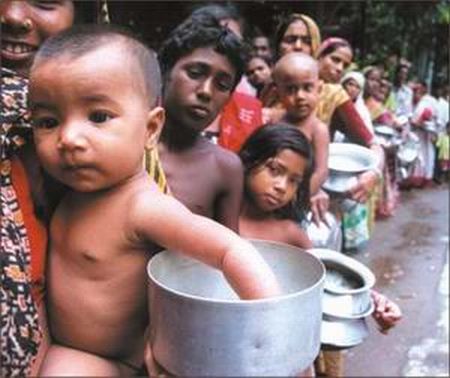
Poverty Concerns
Poverty as measured by the new international Multi-dimensional Poverty Index (MPI), about 645 million people or 55 percent of our country’s population is poor as measured by composite indicator made up of ten markers of education, health and standard living achievements levels. MPI attempts to capture more than just income poverty at household level. It is comprised of ten indicators: years of schooling and child education; child mortality and nutrition (health); and electricity, flooring, drinking water, sanitation, cooking fuel and other assets. This may be a gimmick of the Western Countries to project themselves as superior to other developing countries, but certainly the indicators denote quality of life of the citizen of a nation. India needs faster pace of growth to achieve these standards for its teaming millions who are yet untouched by the Country’s economic renaissance. India’s number of millionaires grew by 51 percent to 126700 in 2009 according to Merill Lynch and consultants Capgemini, boosted by buoyant economy which grew 8.6 percent in the last fiscal quarter. But increasing wealth has not trickled down to the common man. Newly built multi-storeyed buildings symbolising India’s growing economic power stand in contrast close to the slums presenting a pathetic picture of inequality. Poverty eradication still seems far away.
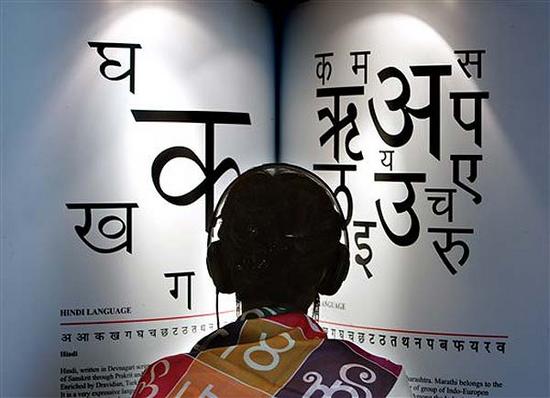
Literacy Issue
Literacy in India grew to 66 percent in 2007 from 12 percent at the end of British Rule in 1947. Although it is more than fivefold improvement, the level is well below the world average literacy rate of 84 percent. India currently has the largest illiterate population of any nation on earth. India’s literacy rate is increasing only sluggishly. Besides low literacy rate there is a wide gender disparity in the literacy rate. Adult literacy rate in 2009 was 76.9 percent for men and 54 percent for women. The low female literacy rate had a negative impact on population control. Literacy, it is said to be the best contraceptive for birth control.
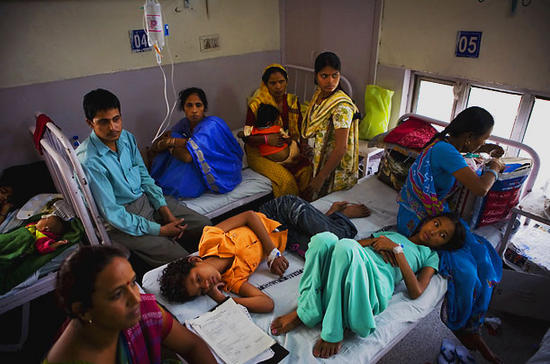
Health Concerns
Great improvement has taken place in Public Health since independence, but the general health picture remains far from satisfactory. The Government is paying increasing attention to integrated health, maternity and child care in rural areas, but the efforts on health front needs to be intensified with spread of health awareness through education and mass movement.

Extensive Corruption
The licence raj in India from 1950s to 1980s sowed the seeds of corruption in the socio-economic structure of our country. Nexus between politicians and business community and criminals is known to all. In recent times criminalization of Indian politics has assumed alarming proportions. Some Parliamentarians face criminal charges, including human trafficking, embezzlement, rape and even murder. Candidates with criminal records win elections on the strength of their ‘Bahubali’ status. Paying to get a job done is a common phenomenon experienced by majority of our countrymen. In recent times food adulteration has stolen limelight in the News Channels, even fruits and vegetables are not left to grow normally, toxic injections are administered for their quick growth. Tons and tons of synthetic milk and milk products are confiscated every other day by the Health Dept officials but the perpetrators of these crimes who play with the health of unsuspecting masses are set free without any exemplary punishment. There is a parallel flourishing market of spurious in the country. Spurious medicines, beverages, cosmetics, food items all are sold without fear as greasing palm to get away is very easy.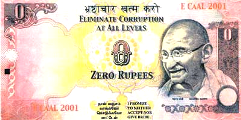 Scarcity may be the mother of corruption in general, but what do you say about politicians who have been found sleeping with currency notes under the mattresses and those who wear currency notes garlands made up of taxpayers’ money and those who accept bribe for raising questions in the Parliament and those who openly accept bribe in the name of Party Fund. ‘yatha Raja, tatha Praja’
Scarcity may be the mother of corruption in general, but what do you say about politicians who have been found sleeping with currency notes under the mattresses and those who wear currency notes garlands made up of taxpayers’ money and those who accept bribe for raising questions in the Parliament and those who openly accept bribe in the name of Party Fund. ‘yatha Raja, tatha Praja’

Terrorism and Insurgency
India is faced with terrorism and insurgency both from across the border and from within. Partition of India and Pakistan was a parting gift from the British Empire before leaving the country forever. First it was large scale invasion by the ‘Kabailis’ in J&K, then widespread armed insurgency in Kashmir after disputed State elections in 1987. Terrorism and insurgency has left more than53000 people dead till July 2009. Several militant groups backed by ISI of Pakistan are operating in Kashmir. Many a times the militants have targeted people in other cities and towns of the country in suicide attacks. Mumbai attack was an example of their immaculate planning and preparedness to terrorise the entire nation. There has been proliferation of militant groups in recent times, with as many as 33 identified in J&K. Currently the country is facing most significant challenge from Islamit fundamentalist groups. If India is facing terrorist attacks from the militants trained from across the border, threat from the Naxalite groups within the country is no less. Maoists are killing people in several districts of the country. Half hearted approach to tackle their insurgency and lack of political consensus on this issue has encouraged them to attack Paramilitary forces and common people at will. Unfortunately these Naxalite groups have tacit support of some polititions. With more and more successful attacks, the Maoists’ menace has already grown big.
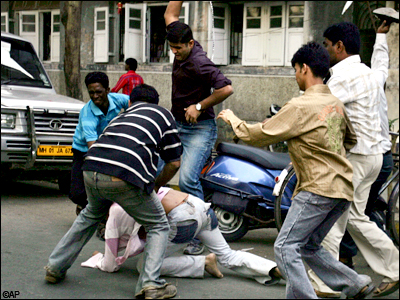
Upsurge of Regionalism
A strong wave of regionalism is threatening the Social fabric and democratic institution in the country. The Maharashtra Nav Nirman Sena (MNS), a Maharashtra based political party is operating on the motto of ‘Bhumiputra’ (son of the soil). Division of State population on the basis of birth and language is most unfortunate trend fraught with danger of disintegration and civil strife. If virus of this trend is transmitted to other States it will cause irreparable damage to ‘unity in diversity’.

Social Security
According to a recent survey around 400 million persons in India are in the working age group, less than 7 percent are in the organized sector and 93 percent of the workers are unorganized. While organized sector workers have sufficient and reliable access to social security in the form of protection under the law against loss/ stoppage of income on account of illness, disability, old age, death, maternity, the unorganized sector which has been contributing more in GDP in the last five decades is deprived of sufficient and reliable access to promotional and protective social security. As the average number of the senior citizens increases the concerns about social security will become more pronounced.
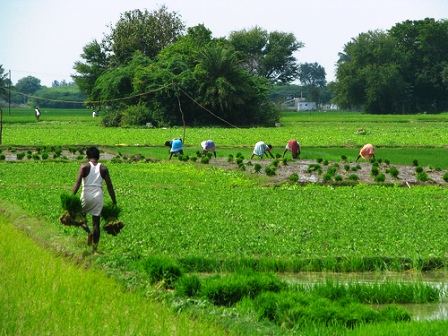
Monsoon and Agriculture
Agriculture and allied sectors like forestry and village industry account for around 16 percent of GDP and despite a steady decline of its share in GDP, is still the largest economic sector which plays a significant role in the overall socio-economic development of the country. Slow agriculture growth is a major area of concern as two-third of country’s population depends on rural employment for living. Monsoon plays a crucial role in agriculture production. Due to lack of adequate irrigation system, increased dependence on monsoon has tremendous impact on Indian agriculture; failure of monsoon, as we have seen in the past, has the capacity to destabilise the entire economy of the country.
Any country on a growth trajectory has to face several hurdles created by external and internal factors during transition period, it largely depends on the collective will power of the citizens who face these challenges and overcome all obstacles that may come in the way of their country becoming a superpower. ‘man mai hai vishwas pura hai vishwas hum hongay kamyab aik din’. We shall overcome someday.



